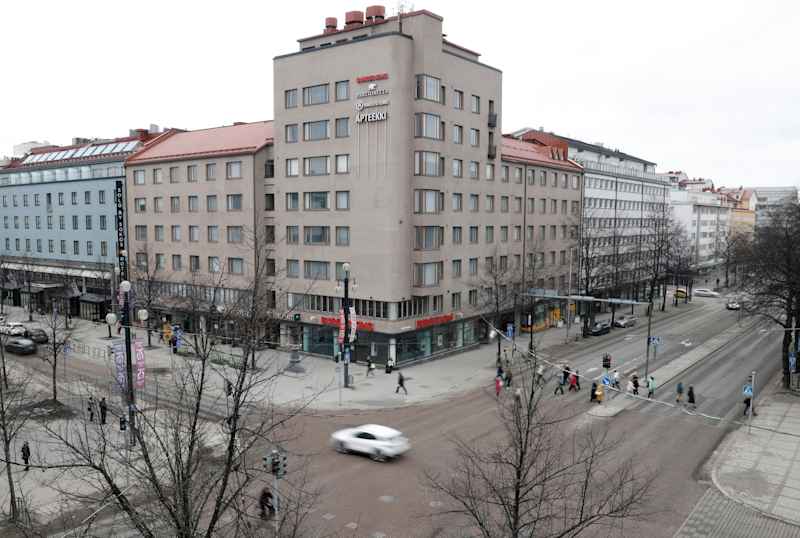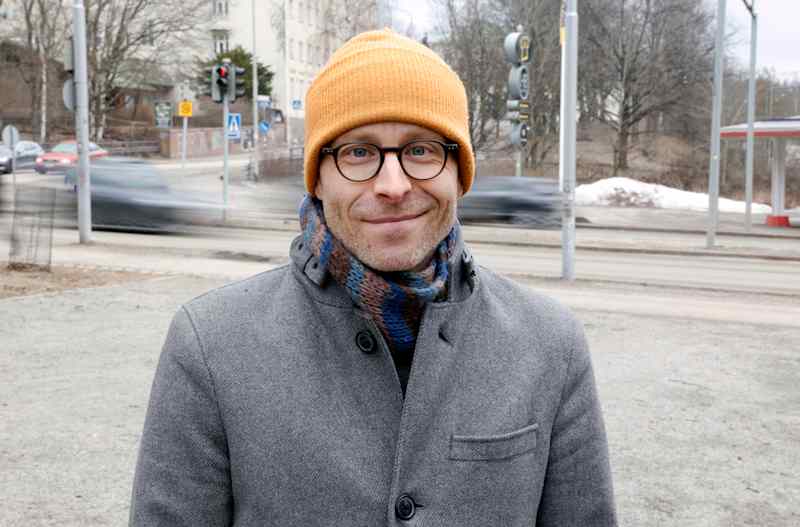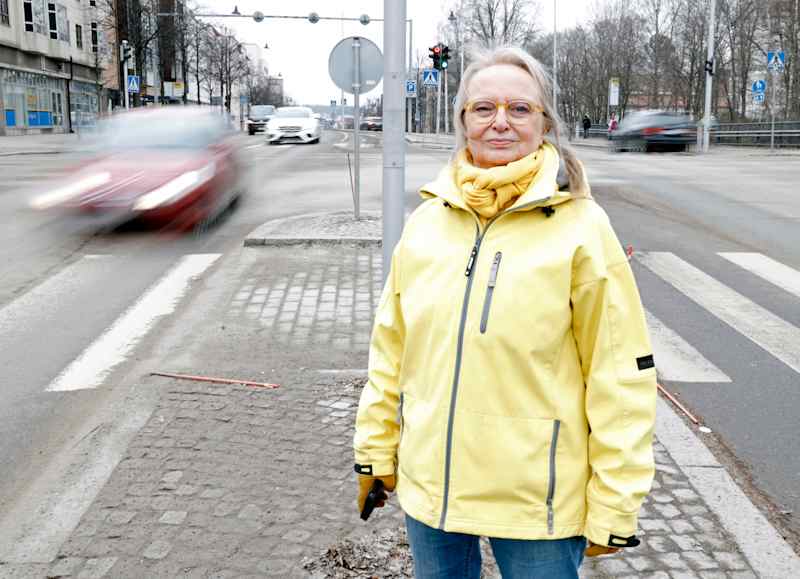Officially green bay can’t get rid of car emissions
There is no money or political will to curb emissions.
The foundation of the Lahti traffic system is car traffic. Vesijärvenkatu crosses the center of Lahti in a four -lane. On March, the air is gray with sand dust coming off the street surface.
Traffic causes the greatest emissions in Lahti, but there is no money or political will to curb it.
Behind the traffic arrangements of Lahti and many other Finnish cities is the idea of \u200b\u200ban American motor city. This is because Finnish cities grew most powerful at the same time as private cars became more common.
In the provincial centers, the development was inevitably pushed in this direction, as the municipalities of rural areas were practically forced to come to the city by car.
Traffic culture is very similar after decades.
Goals and will are far apart
Lahti was the European Environmental Capital in 2021. The city has determined its climate emissions with determination. The biggest leap was made in 2019 when the city’s energy company gave up the use of coal in district heating and electricity production.
The city had an ambitious goal of achieving carbon neutrality. The new target was set until 2028.
It’s three years.
Energy production is the largest source of emissions in most cities. In Lahti, its role has decreased, so the gaze is turned to the next destination. It’s traffic.
In Lahti, traffic accounts for almost one -third of emissions, or 32 %. More than half of it comes from passenger car traffic.
A few years ago, the city of Lahti launched a traffic plan called Liisi, one of which was to reduce motoring in the city center. The council had time to approve the plan once, but it was suddenly felled during the process of processing the budget.
Currently, the city is not actively preparing new measures to incense traffic emissions.
Politicians decide on a strategy that officials have a duty to comply with in traffic planning. Pirkko-Leena Jakonen, Design Manager, says that when the strategy is based on changes to the transport system, the same politicians vote for the presentation.
– I would like politicians to commit to their decisions, he struals.
A common problem of large cities
According to the Association of Local Authorities, traffic is one of the largest sources of emissions in all major cities. There are attempts to incense motoring in Helsinki, for example. So trying to reduce emissions, but it is difficult to make political decisions.

A natural way to reduce motoring would be to increase public transport, but it is expensive. State support for public transport is unlikely to grow, and there is no comparable money to invest more in municipal purses.
Raising ticket prices could reduce the number of passengers.
One way to incense traffic emissions is to build more pedestrian streets.
This was successful, for example, in Kuopio, a city of approximately the same size with Lahti. The streets bordered to the market were closed in Kuopio from private cars.
The opposition was hard.
The Kuopio City Center Development Association reports that the gravel sounds were suppressed when the downtown traffic changes were completed. Restaurants were opened along the pedestrian streets.

Citizens are encouraged to forget the car – even sometimes
During the elections, the environmental city in Lahti is not talked about about traffic innovations. Still, the City Hall is trying to guide city dwellers to reduce motoring.
Many everyday things are also complicated by lighter movement. For example, this winter the city saved the maintenance of streets and sidewalks. The lounger bike path may not be attracted to winter biking.
Vesijärvenkatu will continue to cross the center of Lahti in the four -lane.

